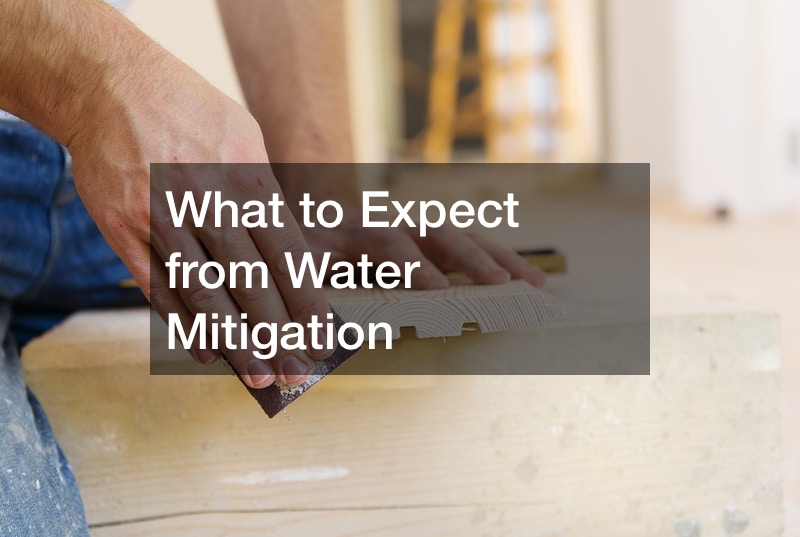

Does your home have water damage? Water damage mitigation prevents further water damage from affecting your property and belongings. The water mitigation process involves using specialized equipment and techniques to minimize the amount of loss with a water mitigation professional.
Water mitigation includes assessing, containing and preventing further damage from occurring on a water loss. Water damage teams extract residual water from floors, carpets, drywall and ceilings.
Specialized water removal methods are used on furnishings and personal belongings. For extreme cases, this process can include removing all sheet rock, dry wall, installation, and floors to prevent mold from growing. They also bring in large dehumidifiers and fans to speed up the drying process. Afterwards, they spray the area with an antimicrobial or hydrogen peroxide mixture to prevent further mold damage.
Reversing water damage involves three phases: mitigation, remediation and restoration. What is the difference between water mitigation and water restoration? Whereas mitigation stops further damages and reduces the overall loss after a disaster, restoration aims to repair or replace damaged items to their pre-disaster condition. In most situations, your homeowner’s insurance policy will cover the cost of water remediation, as well as mitigation and restoration.
.
Does your home have water damage? Water damage mitigation prevents further water damage from affecting your property and belongings. The water mitigation process involves using specialized equipment and techniques to minimize the amount of loss.
Water mitigation includes assessing, containing and preventing further damage from occurring on a water loss. Water damage teams extract residual water from floors, carpets, drywall and ceilings. Specialized water removal methods are used on furnishings and personal belongings.
For extreme cases, this process can include removing all sheet rock, dry wall, installation, and floors to prevent mold from growing. They also bring in large dehumidifiers and fans to speed up the drying process. Afterwards, they spray the area with an antimicrobial or hydrogen peroxide mixture to prevent further mold damage.
Reversing water damage involves three phases: mitigation, remediation and restoration. What is the difference between water mitigation and water restoration? Whereas mitigation stops further damages and reduces the overall loss after a disaster, restoration aims to repair or replace damaged items to their pre-disaster condition. In most situations, your homeowner’s insurance policy will cover the cost of water remediation, as well as mitigation and restoration.
.

